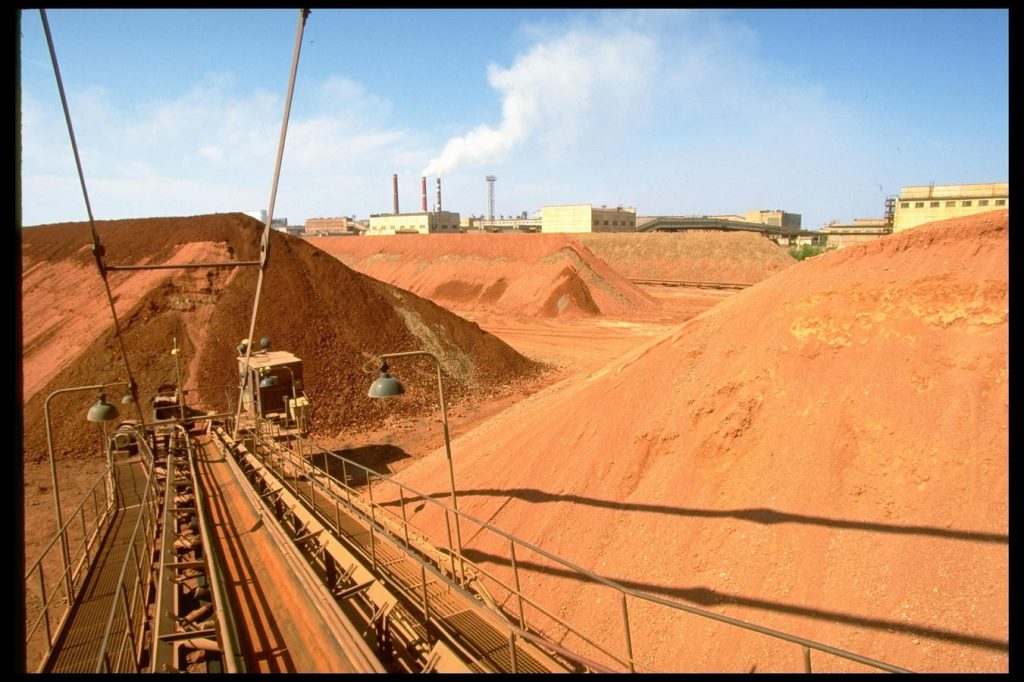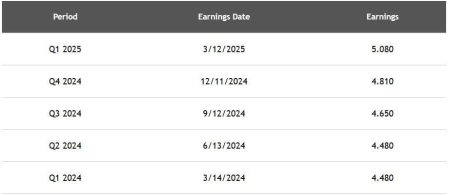A global increase in demand for bauxite, the primary ore for aluminum production, is currently being driven predominantly by Chinese and U.S. companies. This intensified focus on bauxite has led to renewed investments and mining activities in various regions, most notably in Suriname and Australia. In Suriname, Chinalco, a state-owned Chinese mining and metals enterprise, has begun operations on previously overlooked bauxite deposits in the western part of the country. In Australia, Alcoa, a major U.S. aluminum producer, plans to reactivate bauxite mining operations in an area that had remained dormant for the last decade. These initiatives are a response to a tightening supply of bauxite and alumina, the key intermediary product in aluminum manufacturing.
Crucially, the supply constraints stem from significant reductions in bauxite mining activities in several key producing nations, most notably Guinea, the largest exporter of bauxite globally. Additional mining slowdowns in countries such as Australia, Brazil, and China have contributed to a dramatic surge in prices for bauxite ore over the past two years. Specifically, the price of bauxite sourced from Guinea has increased by 50%, reaching $75 per ton, while the Australian price surged by 60%, now valued at $55 per ton. Additionally, the prices for alumina and aluminum have also risen sharply, with alumina experiencing a staggering 140% price hike over the past year. These increases can be attributed to supply disruptions and refinery closures predominantly occurring in Australia.
The situation became particularly acute late last year when Alcoa shut down a long-standing alumina refinery on the west coast of Australia, an operation that had been running for 50 years. Following suit, Rio Tinto temporarily closed the world’s largest alumina refinery located near Gladstone in Queensland. These closures have significantly impacted the alumina market, leading to an upswing in alumina prices that, in turn, has affected aluminum prices. Consequently, some aluminum smelters, including Rusal, Russia’s largest aluminum producer, were compelled to reduce their production targets by 250,000 tons annually in response to the rising costs.
For investors engaged in the bauxite, alumina, and aluminum sectors, this intricate landscape poses both challenges and opportunities. The ongoing rise in prices across these commodities has positively influenced companies like Alcoa, which has seen its shares appreciate by 64% over the past couple of months, trading at $46.42. On a smaller scale, mining organizations like Metro Mining from Queensland have also reaped considerable rewards; Metro’s share price has soared by an impressive 215% in the past year, indicating a growing investor interest in bauxite mining, despite the company’s relatively modest market valuation of A$356 million.
Looking ahead, Morgan Stanley, an investment bank, forecasts that pressure on alumina prices may begin to ease in the first or second quarter of the upcoming year. The bank notes that the insufficiency of alumina supply has been evident since 2022, exacerbated by losses in production across European and Australian markets. Traditionally, during similar supply constraints, China has leveraged its excess production capacity to stabilize market prices. However, this year’s output figures indicate an eight million-ton decrease in China’s bauxite production, coupled with challenges faced by inland refineries. Despite China’s significant bauxite imports, which have risen by over 14 million tons this year, the inherent vulnerabilities in the supply chain remain apparent.
Given the interconnectedness of global markets, any disruptions in Guinea, which will increasingly serve as a key supplier for China’s new capacities, will likely have swift repercussions throughout the supply chain. The ongoing situation underscores the need for stakeholders to remain vigilant regarding supply chain dynamics and geopolitical factors influencing the bauxite market. As the industry adapts to these market changes, companies will need to strategically position themselves to navigate the fluctuations in demand and pricing, ensuring their long-term viability within the evolving landscape of aluminum production.










